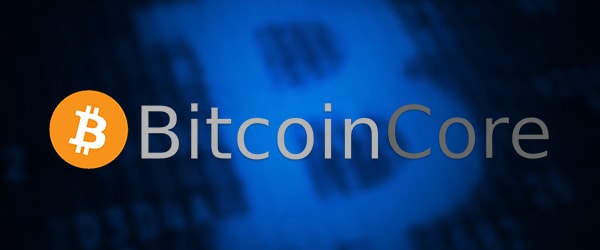Experts: Looming Bitcoin Fork Not To Be Feared

Early this month saw the release of a new code for Bitcoin Classic and it caused uproar among the many supporters of the cryptocurrency. This was mostly because the code released allowed for the possible increase of the block size.
The increase entailed would not be automatic, though. Reading the code, the change to a larger block size will only happen 28 days when 75 percent of the network has shown support. This support is tallied by how much of the network is producing blocks with a special bit number as part of the block.
Concerns are there about the Bitcoin project ‘forking,’ meaning that independent development will begin on the core source code of the Bitcoin protocol. This can result in the community becoming fragmented as original Bitcoin users and new ones start using conflicting software.
This is hardly the Bitcoin community’s first trial, but it could be the most contentious one. The debate about block size has caused acrimony in the community. The reason for this is an increased block size would allow the network to be able to process more transactions; however, it would make processing blocks harder. This would limit who would be able to process blocks profitably, reducing the amount of nodes in the network. Many fear that this would make the network easier to control.
This argument and the division in the community have many feeling that a fork is in the works. This has made many people nervous, with quite a few analysts predicting doom and gloom.
Proof of maturity
Not everyone fears that a fork will result. One of those is Andreas Antonopoulos. The author of the book ‘Mastering Bitcoin’ was recently interviewed online about how the Bitcoin community is making decisions on how it is supposed to progress, which is an issue that the block size debate has highlighted. Antonopoulos believed that the community has matured, citing three changes that lower the chances of a problematic fork.
First, the Bitcoin Core development team has started to open up to the wider community. A central website, a Slack site, and more have let outsiders see how the team works and what its goals are. Most importantly, the team has outlined its ideas on forking, preferring soft forks to hard forks in implementing changes.
Two of the other changes are technological in nature. First is that soft forks are made easier to integrate with the use of Segregated Witness and Witness Bits. Second is the use of sidechains to test any possible changes without actually leaving the Bitcoin network.
Brian Armstrong’s bet
Meanwhile, Brian Armstrong, the man behind Coinbase, is also confident that a Bitcoin fork would work out fine. He is confident enough that he is willing to put up $5,000 as a bet that everything will turn out okay, with an upgrade to the current network and not a split.
Armstrong said that when the changeover happens, 95 percent of the processing will be done on one chain. He also stated that 95 percent of the merchants and wallets will be supporting the new version. He further predicted a rise in Bitcoin prices within two days of the change.
With experts weighing in, people are advised to adopt a wait-and-see approach on the changes to the network that may affect Bitcoin usage.








